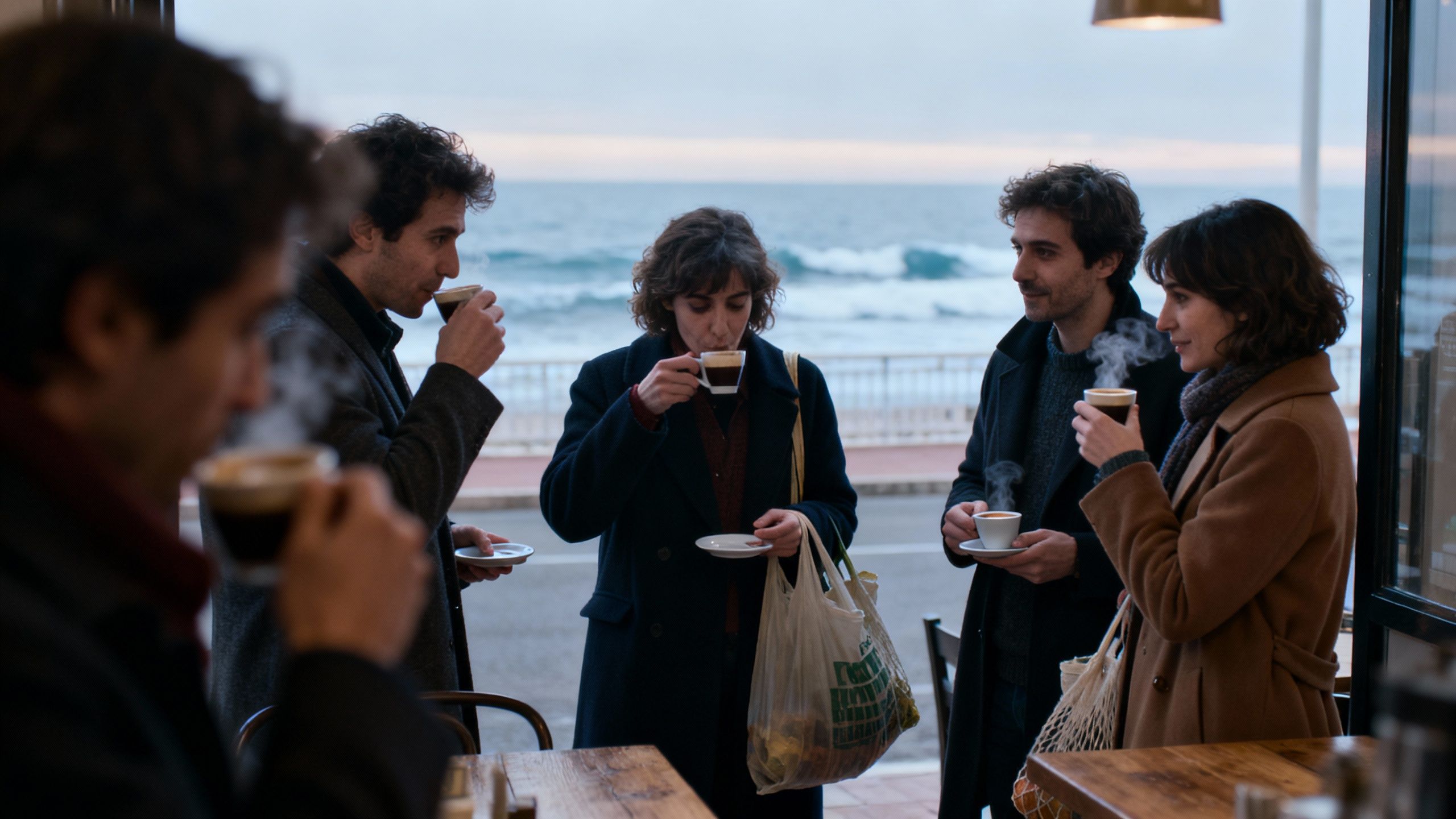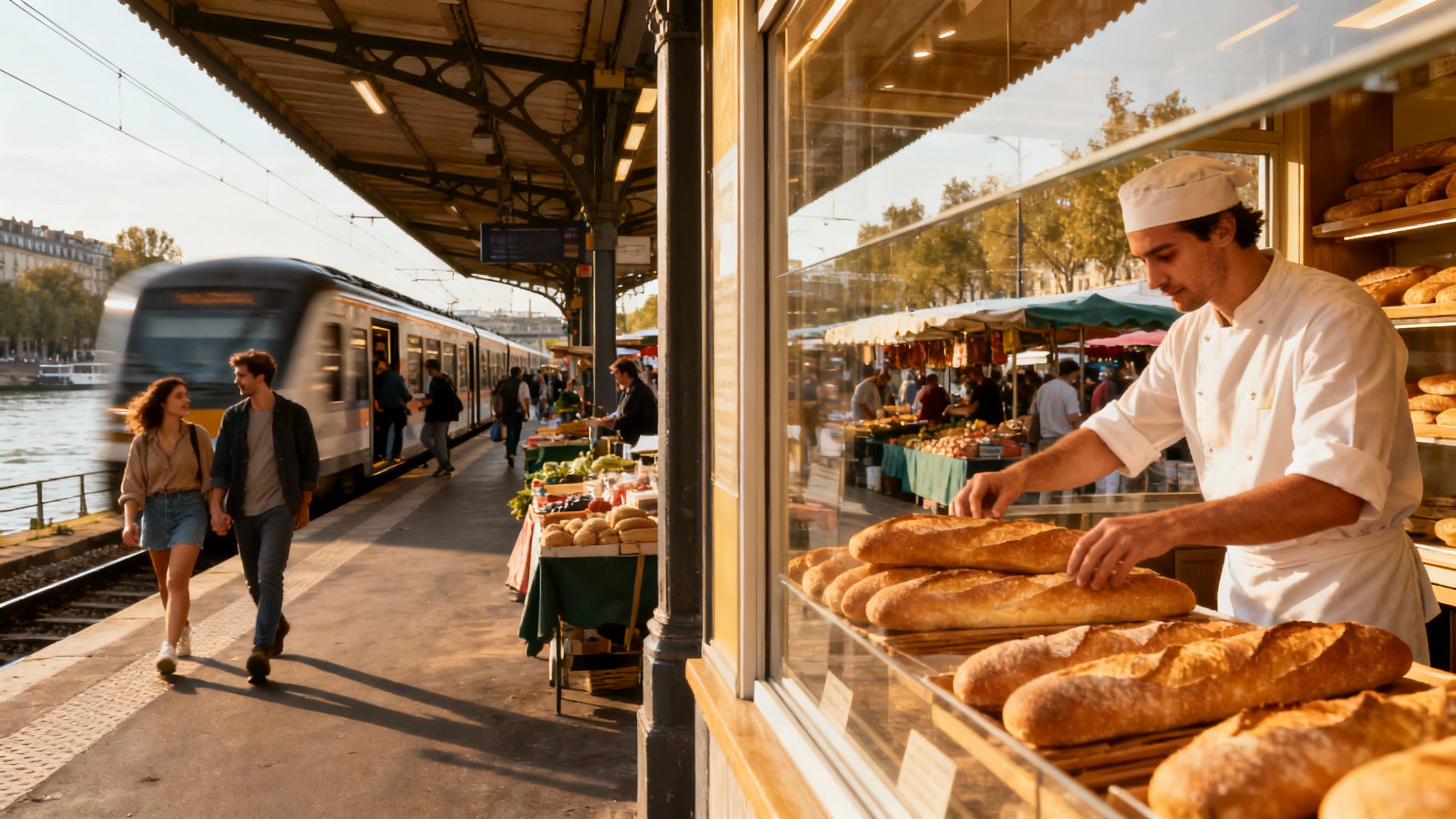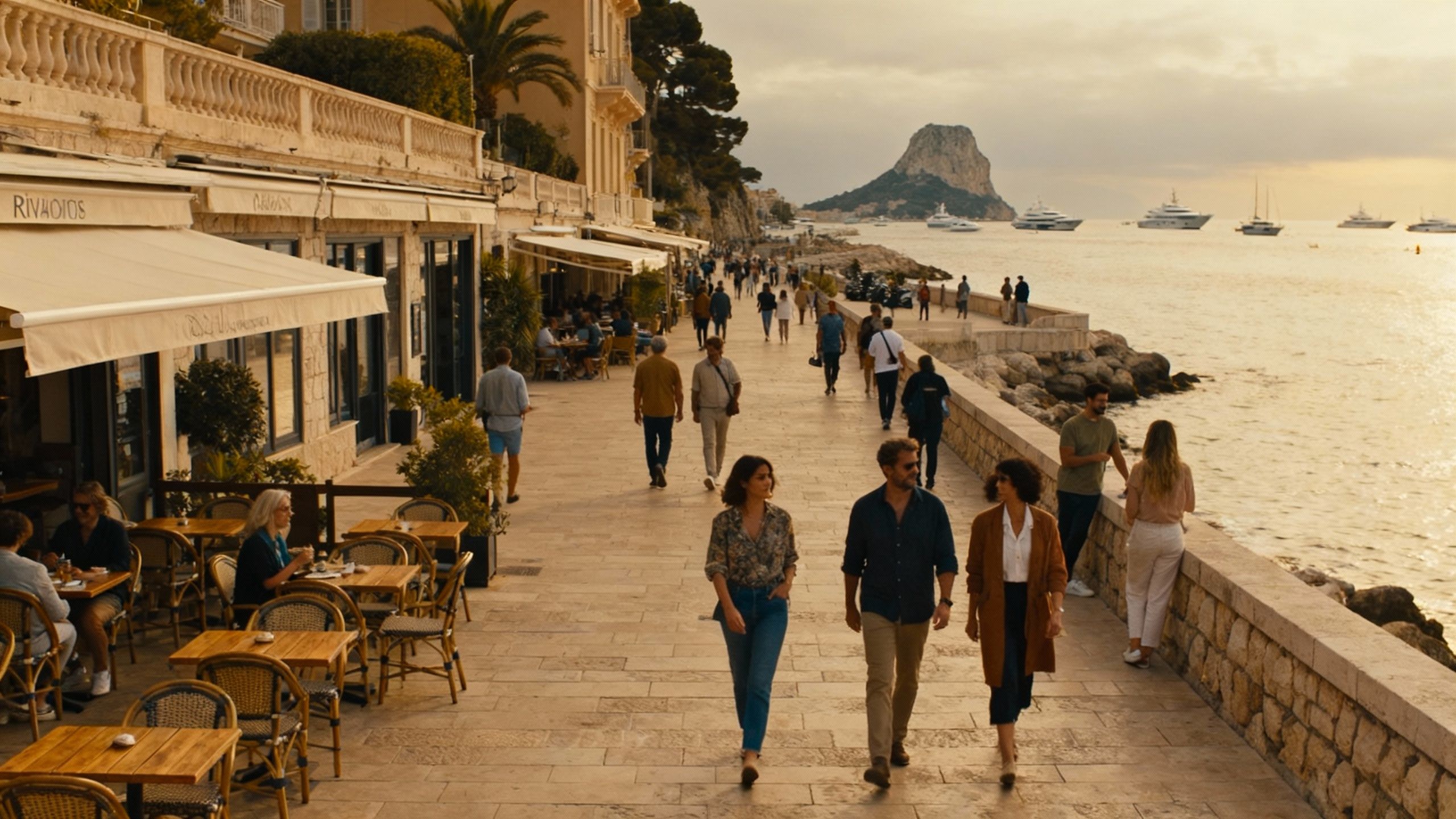When French City Life Should Shape Where You Buy
France’s urban hubs offer sensory daily lives that alter property choices — use off‑peak viewings, local briefs and public indices to match lifestyle with realistic market bands.
Imagine stepping out at 9am to buy bread on Rue Cler, then taking a quiet metro to a renovated loft in Lyon's Croix-Rousse before a late lunch on the Côte d'Azur. France is a set of daily rituals — markets, cafés, weekday aperitifs — as much as it is architecture and coastlines. For international buyers, that lived detail changes where a house becomes a home.
Living French Urban Life: textures, rhythms, seasons
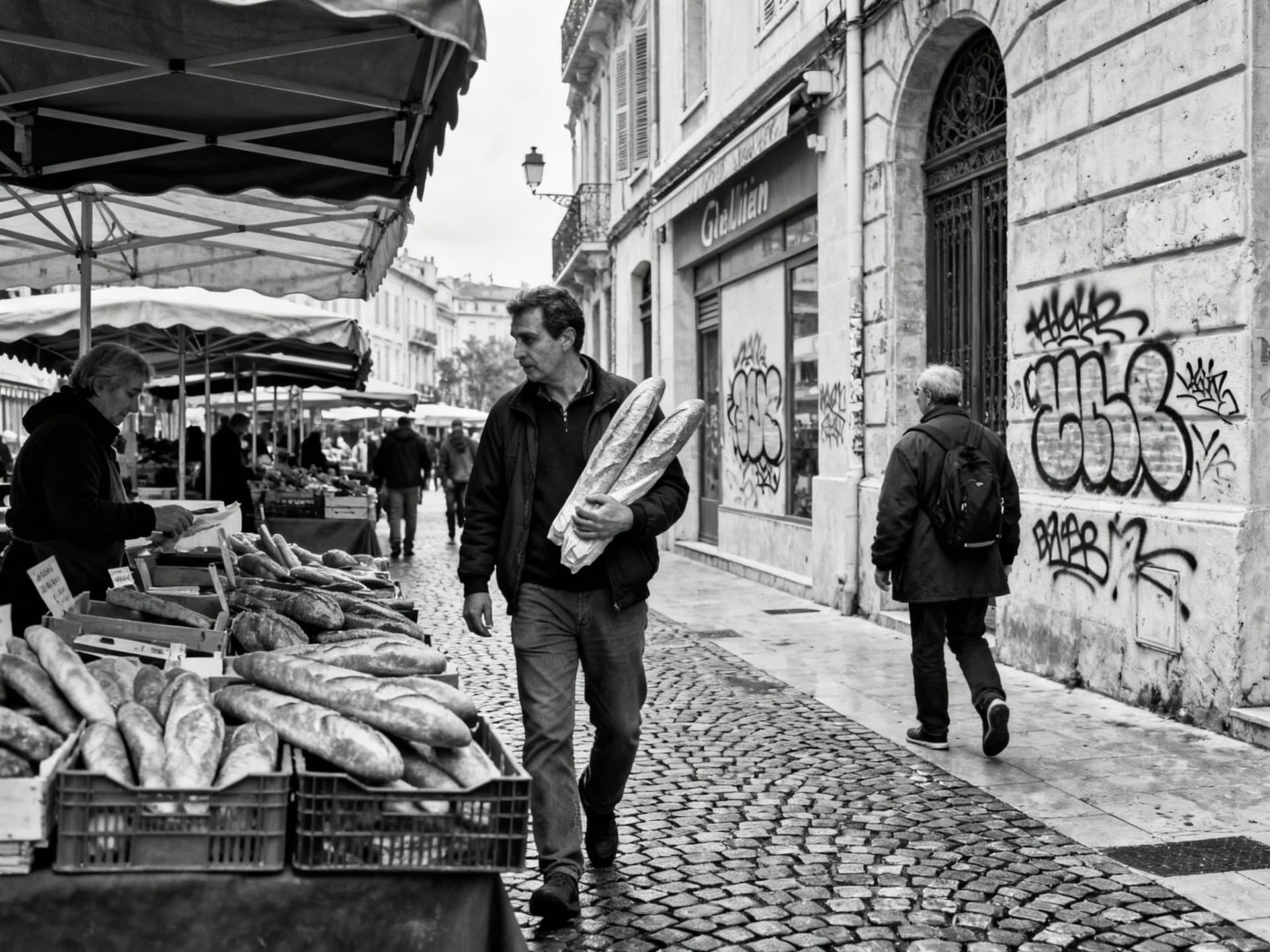
Paris mornings smell of espresso and fresh pastries; evenings reverberate with after-work crowds and small restaurants. Marseille breathes Mediterranean sea salt and markets on Noailles. Lyon's presqu'île has a weekday cadence of boutiques and bouchons. These sensory differences matter: a city’s weekday temperament — noise levels, shop hours, local routines — determines which property type fits your life.
Paris: layer your life by arrondissement, not just price
Saint-Germain and Le Marais feel like living in a postcard: boulangeries on every corner, small galleries and narrow streets. But Paris is a mosaic — the 19th has parks and new cultural venues; Boulogne-Billancourt and parts of the 12th offer space at lower per‑m². Match daily rituals (school runs, market days, evening walks) to the arrondissement's character, not the headline price.
Provence & Côte d'Azur: morning light shapes the house you buy
Coastal towns such as Nice and Antibes bring bright mornings and an outdoor lifestyle that favors terraces and shutters. Inland Provençal towns (Aix, Uzès) tilt toward stone houses with courtyards. Consider orientation, shade and insulation: a south-facing terrace will be your living room half the year, but it also influences renovation costs and ventilation requirements.
- Lifestyle highlights to look for
- Saint-Germain cafés and antiques on Rue Bonaparte (Paris)
- Cours Julien street markets and street art (Marseille)
- Morning market at Place Carnot and bouchons in Lyon
Making the move: lifestyle-led practicalities
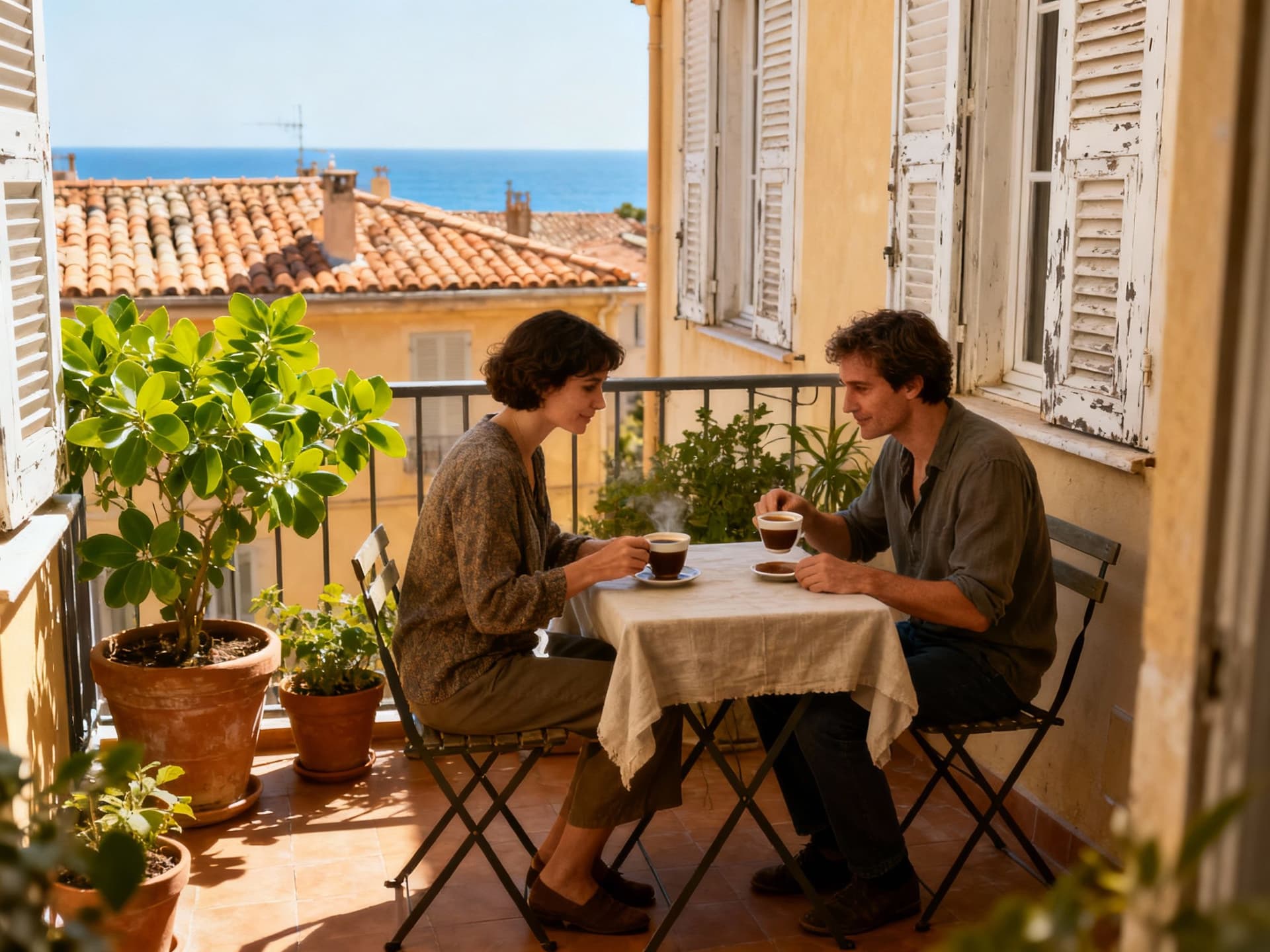
The romance of French urban life should be married to market reality. National data show near‑stability after several quarters of adjustment, so buying timing is less about reacting to headlines and more about matching lifestyle windows: school years, rental season, or renovation timelines. Use public price indices to set expectation bands before you enter offers.
Property types that match city routines
In Paris, a renovated two-bedroom with double glazing and efficient heating suits year-round city life. In Marseille and Nice, prioritise outdoor space and shutters; moisture and sea air affect materials. Lyon buyers often prefer former industrial lofts or townhouses near schools and parks. The property type should solve a daily problem: commuting, storage, outdoor space or ease of maintenance.
Working with local experts who know the life you want
Local agents are gatekeepers to both off‑market stock and the unwritten rules (neighbourhood board times, syndic expectations, seasonal rental demand). Choose advisers who can show lived-in examples: a renovation portfolio in the Marais, lease returns in Bordeaux, or a noise report for a street near Gare Saint‑Lazare. Their knowledge saves time and clarifies trade-offs.
- Practical, lifestyle-aware steps to make an offer
- Set a daily-life brief: commute time, market days, outdoor needs.
- Compare three comparable sales within the arrondissement or commune.
- Ask for syndic reports and recent works; factor in annual maintenance.
- Insist on an on‑site environmental check for coastal properties (salt, damp).
Insider knowledge: myths, seasonal traps and expat truths
Myth: 'France is too expensive' everywhere. Reality: national averages hide local opportunity. INSEE shows price stabilisation and regional divergence — Paris and Côte d'Azur remain premium, but many urban centres offer better value-per-experience. Seasonal thinking also misleads: summer may show peak listings but not the best negotiating windows.
What expats wish they'd known sooner
Expat buyers often underestimate syndic fees, the rhythm of French renovation approvals and the social logic of neighbourhood integration. A bright terrace wins hearts, but a difficult syndic can consume months. Learn local rhythms — market day on Tuesday, school holiday weeks, municipal renovation cycles — and factor them into timing and budgeting.
Season and event strategy: when to search and when to sign
Contrarian tip: look in late autumn and winter. Many sellers price for summer demand; motivated sellers appear after high season. Use off-peak viewings to judge a neighbourhood's everyday life — weekday noise, shop openings and transport flows — rather than holiday gloss.
- Red flags to watch for in urban French properties
- Incomplete syndic accounts or deferred building works
- Poor DPE (energy performance) ratings that hide renovation costs
- Unclear boundaries on terraces, cellars or parking rights
France rewards those who anchor lifestyle to locality. If you want slow café mornings and short grocery walks, choose a neighbourhood where locals live that way year-round. If you want coastal weekends and a quieter weekday, a mid-size city with good rail links may be a better fit than a headline seaside resort.
Next steps: see life, then verify the paper. Walk streets at different times, test commutes, meet local shopkeepers. Ask your agent for recent syndic minutes, DPE certificates and comparable sales. Use public indexes (INSEE, notaires) to check pricing bands before bidding. Small due diligence yields large lifestyle returns.
Swedish expat who moved from Stockholm to Marbella in 2018. Specializes in cross-border legal navigation and residency considerations for Scandinavian buyers.
